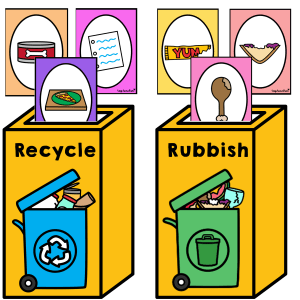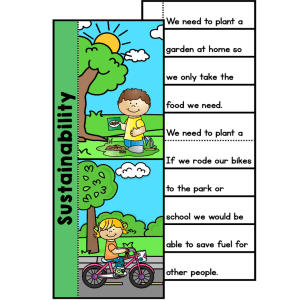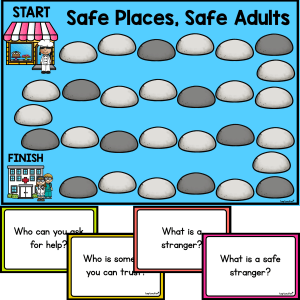How About that Roll! Chance Experiment Worksheets

Description
How About that Roll! Chance Experiment Worksheets is an exciting, hands-on resource designed to introduce students to the concept of chance through a simple yet meaningful experiment. This activity blends creativity with statistical thinking as students build their own dice and conduct a personalised chance experiment to generate data, interpret results, and reflect on probability outcomes.
In this resource, students will first construct their own six-sided dice using the included net template. Once built, they will roll the dice a set number of times and record the frequency of each number that appears. Using their data, students will then represent their findings in a column graph and respond to a series of analysis questions to reflect on the outcomes and likelihood of each result.
How About that Roll! Chance Experiment Worksheets is ideal as an introduction to probability concepts such as chance, randomness, frequency, and data collection. It provides a highly visual and tactile way to engage students in statistical thinking, and can be used as an individual task, a small group project, or as part of a larger class data investigation.
Key Learning Outcomes:
- ✅ Conduct a simple chance experiment and collect outcome data
- ✅ Represent data using a column graph
- ✅ Interpret and analyse outcomes from experimental data
- ✅ Understand the difference between theoretical and experimental probability
What’s Included:
- Dice net template for students to cut, fold, and assemble
- Recording table to tally dice roll outcomes
- Blank column graph for students to represent results
- Reflection questions to support analysis and interpretation
- Clear visual layout suitable for middle primary students
Materials Needed:
- Scissors and glue or tape for constructing the dice
- Pencil and ruler for tallying and graphing
- Crayons or markers (optional) to colour the dice or enhance graph visuals
- Write-and-wipe sleeves (optional) for reusability
How to Use:
- Print the worksheet and dice net template for each student.
- Students cut and fold the net to create their own six-sided dice.
- Students roll the dice a set number of times (e.g. 30 rolls) and record outcomes in a tally chart.
- Using their tallies, students complete the blank column graph to visually represent the results.
- Students answer the reflection questions to analyse the data and consider probability outcomes.
Ideas for Classroom Use:
- 💡 Use as a maths warm-up task to introduce a unit on probability
- 💡 Have students compare their results with a partner to discuss similarities and differences
- 💡 Combine data from the entire class to create a whole-class graph and analyse broader trends
- 💡 Integrate into a maths rotation or hands-on activity station
- 💡 Use the experiment results to start a discussion on fairness and random outcomes
Top Teacher Tips:
- 💛 Provide a laminated version of the dice template to use across multiple groups
- 💛 Discuss the concept of theoretical vs experimental probability before beginning the activity
- 💛 Extend the activity by having students design their own custom dice with non-standard numbers or colours
- 💛 Scaffold the reflection questions with sentence starters for younger students
How About that Roll! Chance Experiment Worksheets offers a low-prep, high-engagement activity that brings chance and data analysis to life – helping students roll their way into rich statistical conversations and stronger mathematical understanding.
Additional information
| Number of Pages | 5 |
|---|---|
| File Format | |
| Australian Curriculum Code | AC9M5P02, AC9M6P02 |
Australian Curriculum V9
F - 6
Lorem ipsum dolor sit amet, consectetur adipiscing elit.
Lorem ipsum dolor sit amet, consectetur adipiscing elit.
Lorem ipsum/ Lorem ipsum/ Lorem ipsum
Lorem ipsum dolor sit amet, consectetur adipiscing elit.
Lorem ipsum dolor sit amet, consectetur adipiscing elit.
Lorem ipsum/ Lorem ipsum/ Lorem ipsum
Lorem ipsum dolor sit amet, consectetur adipiscing elit.
Lorem ipsum dolor sit amet, consectetur adipiscing elit.
Lorem ipsum/ Lorem ipsum/ Lorem ipsum
Lorem ipsum dolor sit amet, consectetur adipiscing elit.
Lorem ipsum dolor sit amet, consectetur adipiscing elit.
Lorem ipsum/ Lorem ipsum/ Lorem ipsum
Lorem ipsum dolor sit amet, consectetur adipiscing elit.
Lorem ipsum dolor sit amet, consectetur adipiscing elit.
Lorem ipsum/ Lorem ipsum/ Lorem ipsum





